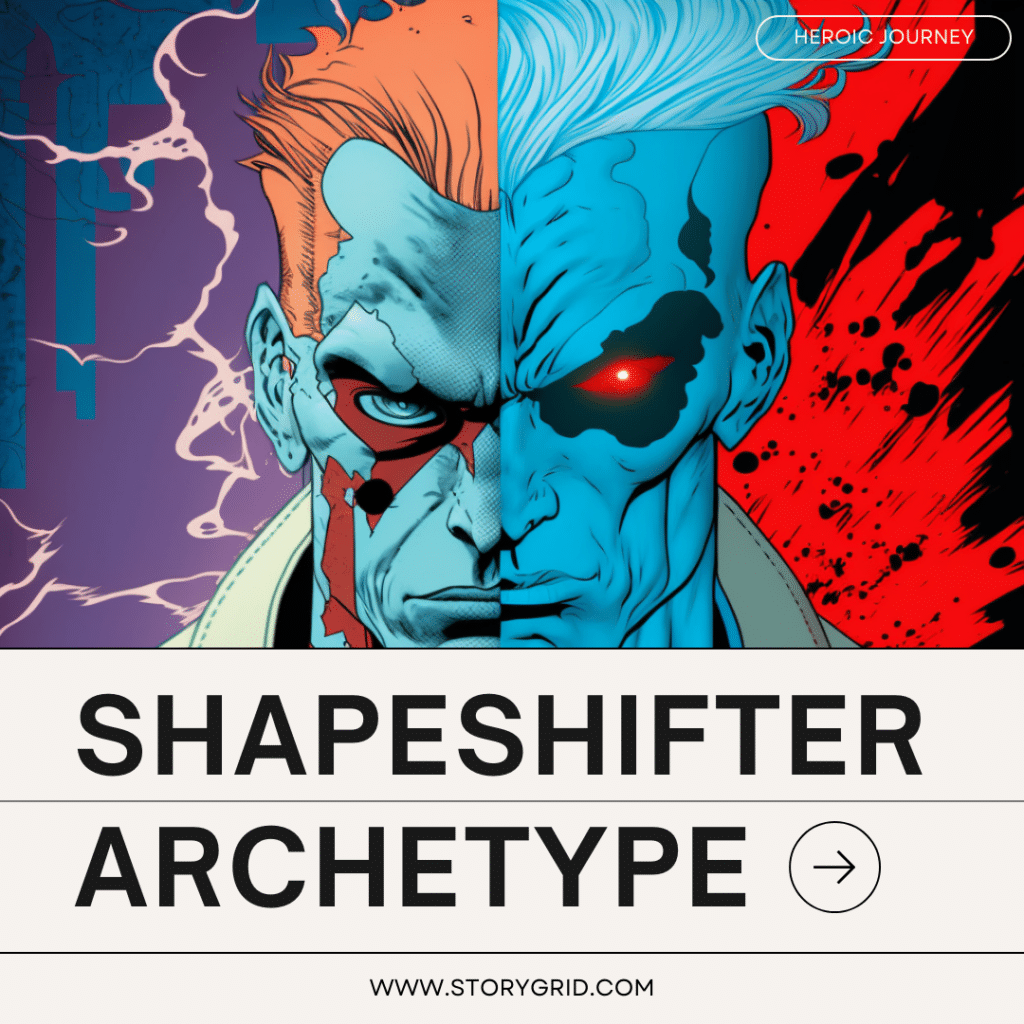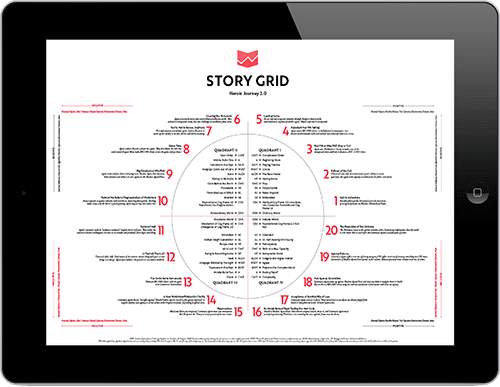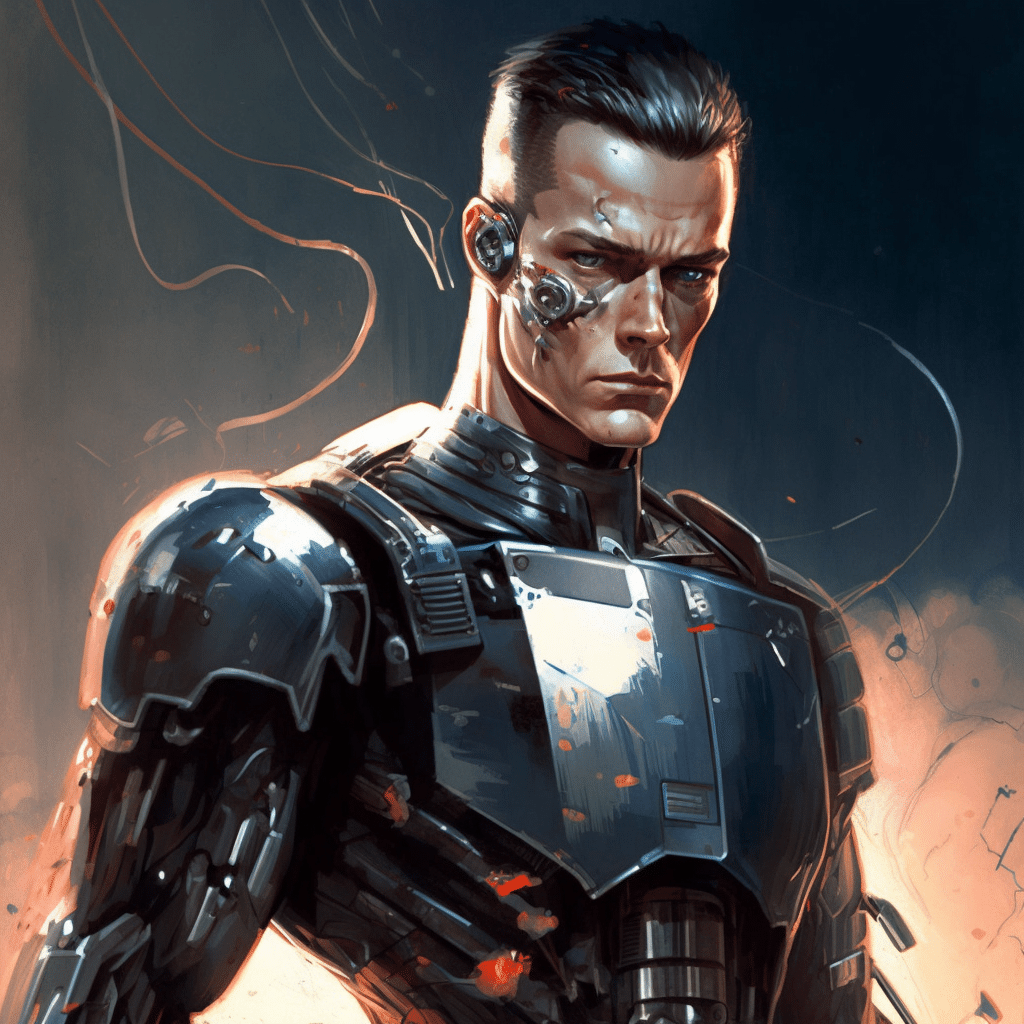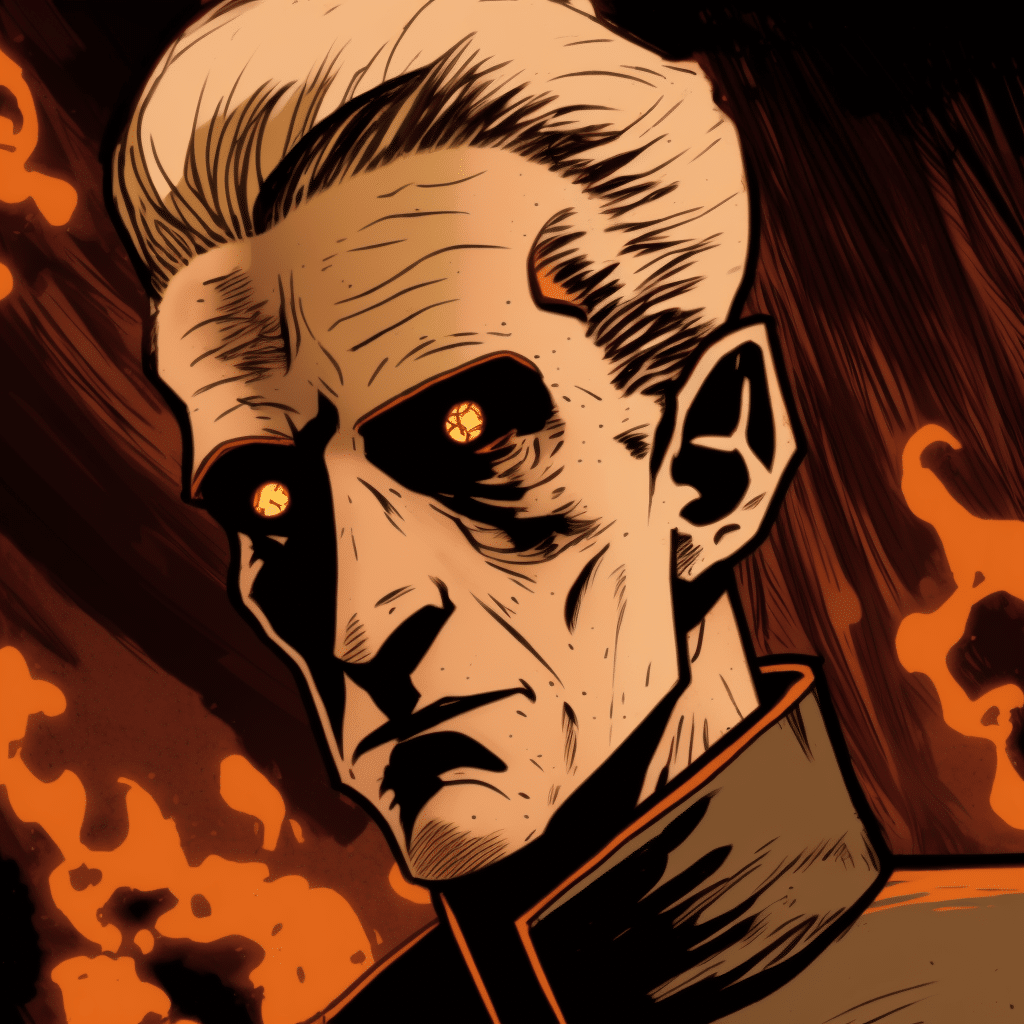As a writer, understanding different character archetypes can help you create compelling and relatable characters that resonate with your readers. One such archetype is the shapeshifter, a character that often plays a critical role in stories. In this article, we’ll explore what the shapeshifter archetype is, its characteristics, and how it can be used effectively in storytelling. We’ll also examine some of the most notable examples of shapeshifters in literature and media.

What is the Shapeshifter Archetype?
The shapeshifter archetype refers to a character that changes form or identity. This transformation can be physical, such as changing into an animal or mythical creature, or it can be more abstract, such as a character who changes their allegiances or morals. The shapeshifter archetype can represent many things in a story, from the fluidity of identity and the complexity of relationships to the concept of deception and transformation.

Are you writing a Heroic Journey story?
Download our highly detailed infographic outlining the 20 major scenes you must have in every story.
Characteristics of the Shapeshifter Archetype
Shapeshifters can be hard to pin down as they are often portrayed as unpredictable, deceptive, and changeable. Here are some common traits of shapeshifters:
- Unpredictable – Shapeshifters are often difficult to predict as they can change their form or personality at any moment.
- Deceptive – Shapeshifters are often portrayed as deceivers, hiding their true intentions and motives behind their ever-changing form.
- Fluid Identity – Shapeshifters can represent the fluidity of identity, showing how a character’s identity can change and evolve over time.
- Moral Ambiguity – Shapeshifters can be morally ambiguous, with their allegiances and loyalties changing throughout the story.
- Dual Nature – Shapeshifters often have a dual nature, representing the duality of human nature and the complexity of relationships.
- Adaptability – Shapeshifters are adaptable and can change their form or personality to fit into any situation.
Examples of the Shapeshifter Archetype in Literature and Media
1. The T-1000 in Terminator 2: Judgment Day

The T-1000 is a shapeshifting robot that can take on the appearance of anyone it touches. It uses its shape-shifting abilities to hunt down and eliminate its targets, making it a formidable antagonist.
2. Mystique from the X-Men comics and movies.

Mystique is a shapeshifter who can change her appearance to look like anyone. She is also a complex character with a fluid identity and moral ambiguity.
3. Nagini from the Harry Potter series by J.K. Rowling.

Nagini is the pet snake of the main antagonist, Lord Voldemort. She is also a shapeshifter who can take on a human form, making her a deceptive and dangerous character.
4. Odo from the Star Trek: Deep Space Nine series

Odo is a changeling, a shapeshifting alien species. He struggles with his dual nature as a changeling and his desire to fit in with the human crew on the space station.
5. Ursula from the Disney movie The Little Mermaid

Ursula is a sea witch who can change her appearance and make deals with the protagonist, Ariel. She represents the shapeshifter archetype by being unpredictable and deceptive.
6. Gollum from J.R.R. Tolkien’s The Lord of the Rings

Gollum is a shapeshifter who changes his allegiance between Frodo and Sam. He also has a dual nature, representing the struggle between good and evil within all of us.
7. The Vampire

Vampires are often portrayed as shapeshifters who can transform into bats, wolves, or mist. They represent the dangers of temptation and the loss of humanity. Examples include Dracula by Bram Stoker and the vampires in the Twilight series.
8. Grendel’s Mother from the epic poem Beowulf

Grendel’s Mother is a monster who can change her appearance and is a formidable opponent for the hero, Beowulf. She represents the shapeshifter archetype by being unpredictable and hard to defeat.
9. The Skrulls from the Marvel Comics universe.

The Skrulls are a shape-shifting alien race that infiltrates and takes over other civilizations. They represent the dangers of deception and the difficulty in determining who is trustworthy.
10. The Animorphs from the Animorphs book series by K.A. Applegate.

A group of teenagers gain the ability to shapeshift into animals after encountering an alien species called the Andalites. The characters struggle with their dual nature as humans and animals, as well as the moral implications of their actions.
How to Use the Shapeshifter Archetype in Storytelling
The shapeshifter archetype can be used in many ways in storytelling, from creating complex and unpredictable characters to exploring themes of identity and transformation. Here are some ways you can incorporate the shapeshifter archetype into your writing:
- Create an unpredictable antagonist – A shapeshifting villain can add suspense and tension to your story by making it difficult for the protagonist to anticipate their next move.
- Explore the theme of identity – Use a shapeshifting character to explore the fluidity of identity and how it can change over time.
- Create a complex protagonist – A shapeshifting protagonist can add depth to your story by showing the character’s struggle with their dual nature and their inner conflicts.
- Add an element of mystery – A shapeshifting character can add an element of mystery to your story, as the reader is never quite sure what their true motives are.
- Use it as a metaphor – The shapeshifter archetype can be used as a metaphor for the transformative nature of life, the fluidity of relationships, or the danger of deception.
Incorporating the shapeshifter archetype into your writing can add depth and complexity to your characters and themes. By understanding the traits and examples of shapeshifters in literature and media, you can create compelling and relatable characters that resonate with your readers.
Find Word
The shapeshifter archetype is a powerful tool for writers looking to create complex and unpredictable characters. From Loki to Dracula, shapeshifters have been a part of storytelling for centuries, representing the fluidity of identity and the dangers of deception. By incorporating the shapeshifter archetype into your writing, you can add depth and intrigue to your characters and themes, creating stories that captivate and resonate with your readers.
More Heroic Journey Resources